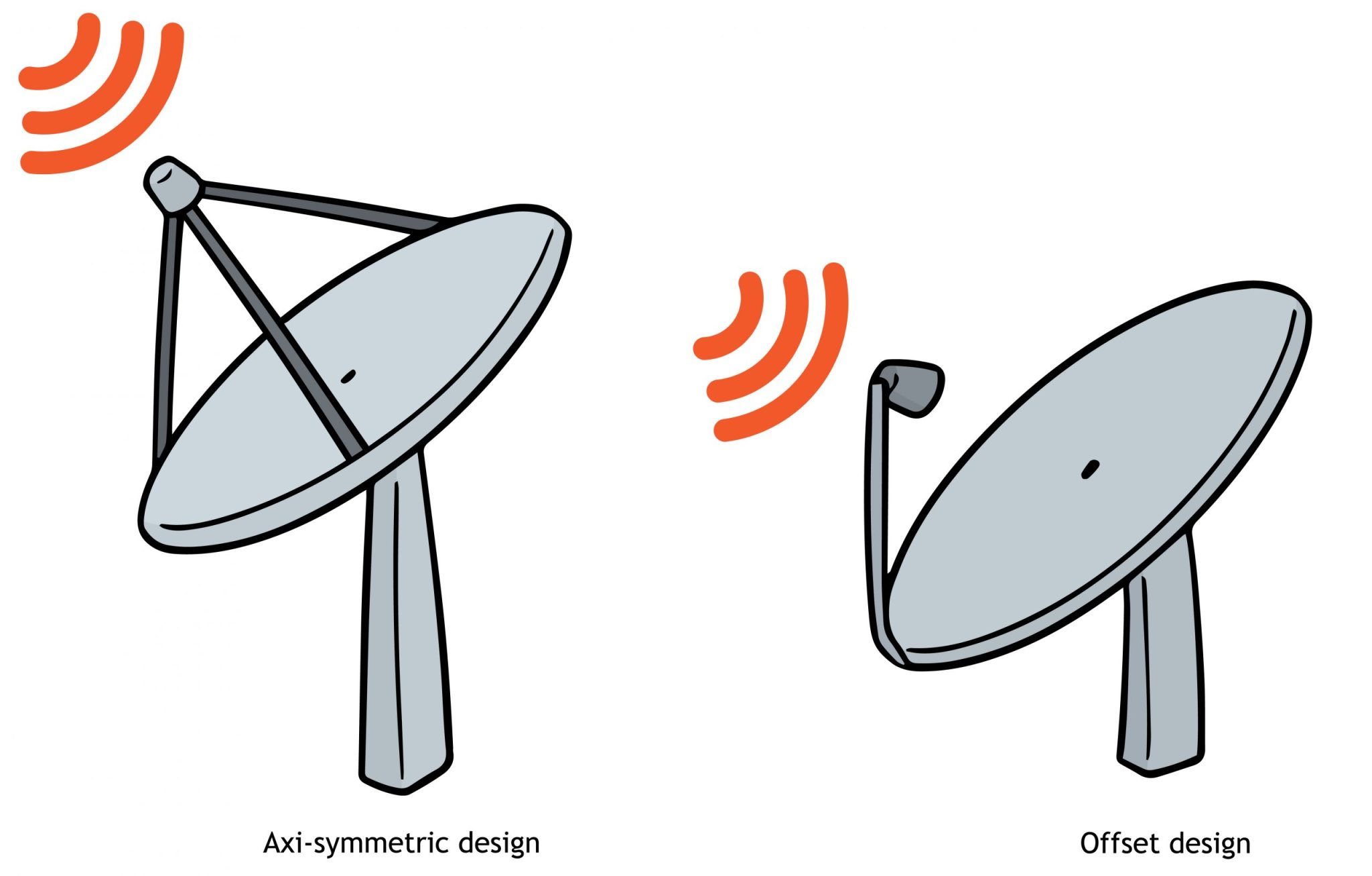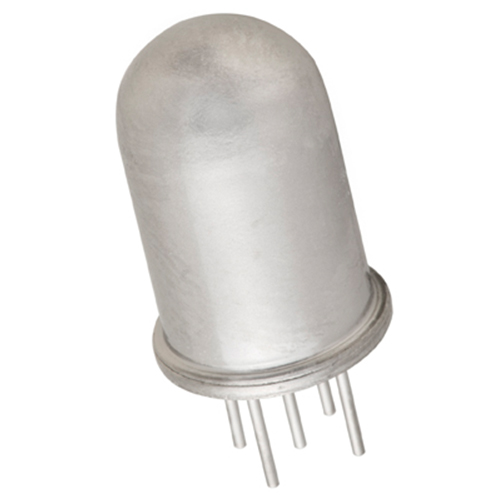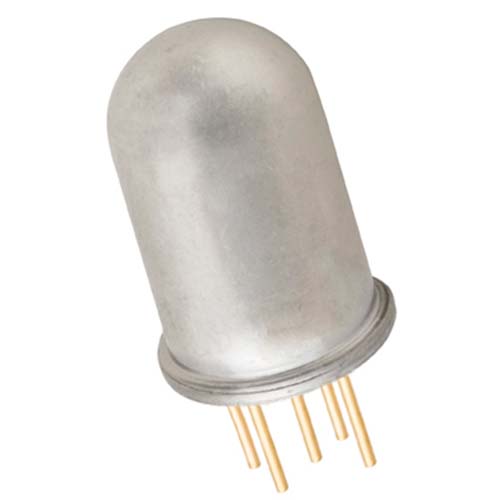The two primary considerations when pointing a satellite dish are the angle of elevation and azimuth. The angle of elevation is the angle where your satellite dish is pointed into the sky at a (typically) 90° angle to the signal from the satellite. 0° angle of elevation is considered parallel with the earth and 90° angle of elevation is considered pointing straight up into the sky. This means that your angle of elevation will be somewhere between those two. Note that there are also “offset” antennas where the goal is not to be at a 90° angle. This is most easily accomplished with a tilt sensor or inclinometer, which is where our products come into play.

Azimuth is essentially a compass heading; the satellite dish needs to be pointed in the direction of the satellite. For example, if a satellite is over the equator, and I’m in the northern hemisphere, the satellite dish will need to be pointed in a southern direction. Conversely, if I’m in the southern hemisphere, the satellite dish will need to be pointed in a northern direction.
The goal of both of these positions for the satellite is to optimize the signal strength so that you have the best signal and can use the satellite service uninterrupted. If you have the GPS coordinates of your satellite dish you can easily calculate the azimuth and angle of elevation needed for an optimal signal. Higher-end satellites and mobile satellites often have an automatic angle of elevation and azimuth calculations by including a tilt sensor or inclinometer and a digital compass and include motors to automatically position the satellite dish.

The most common Fredericks tilt sensor for the angle of elevation calculations is the 0717-4318-99 tilt sensor which is our lowest cost tilt measurement option. This sensor has a ±60° range giving it a total operating range of 120°, which is more than enough for almost all satellite applications. It also has an accuracy of ±0.1°, which is again more than adequate for most satellite applications. If higher accuracy is needed, we also offer the 0717-4313-99 which has the same operating range with improved accuracy of ±0.05°.
Note that Fredericks tilt sensors require signal conditioning electronics to give an angle position output. We offer a variety of signal conditioning boards for our sensors, and pre-packaged and environmentally-sealed solutions that have easy-to-use outputs like analog 0 to 5 V DC, RS-232, RS-485, or SPI communications.
Recommended Tilt Measurement Solutions for Satellite Antenna Positioning
Operating Range: ±60°
Repeatability: ±0.1°
Operating Range: ±50°
Repeatability: ±0.05°







